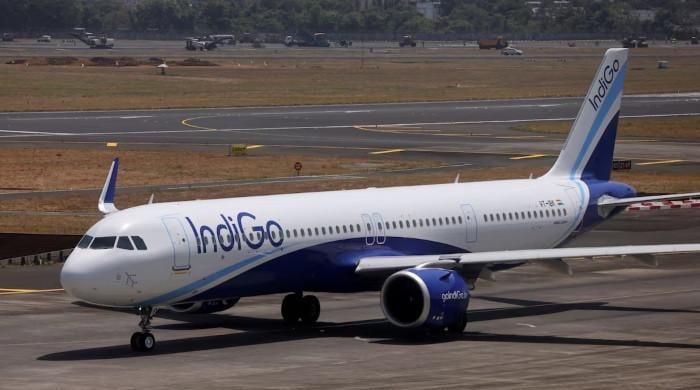- Indian carriers suffer large losses over redirection.
- Air India requires compensation in the middle of rising losses.
- Large Indian routes severely affected by closure.
Karachi: Pakistan has decided to extend the closure of his airspace to Indian flights by another month.
According to sources, the decision is expected to be announced today (Wednesday) or tomorrow. After this, a message will be issued to airmen (notam).
According to the International Civil Aviation Organization (ICAO) rules, airspace restrictions cannot be imposed for more than a month at a time, requiring periodic extensions.
The decision followed a National Security Committee (NSC) meeting earlier this month, when Pakistan decided to block Indian overflows after India took provocative steps after Pahagam. The restrictions apply to both commercial and military aircraft.
The expansion comes in the midst of increased tension between the two nuclear armed neighbors after the Pahagam attack in April, resulting in 26 tourists in Indian illegally occupied Jammu and Kashmir (IIOJK).
India had unilaterally closed its airspace to Pakistani aircraft on April 23, led to a mutual ban from Islamabad the next day. India then took several other measures against Pakistan.
Later, on 6-7. May, India launched unprovoked attacks on several Pakistani cities. In response, the armed forces in Pakistan launched a large-scale military action called “Operation Bunyan-Um-Maroos,” and targeted several Indian military targets across several regions on May 10.
Pakistan’s response led to the mobilization of the global forces, after which a ceasefire was reached, which remains intact.
While India’s aviation industry has been exposed to major losses, the effect on Pakistani aviation has been minimal. With only an eastbound flight redirected through China and limited operations in the Far East, Pakistan’s aviation sector remains largely unaffected.
This is not the first time Pakistan imposed such restrictions. Airspace closures were previously adopted during the Kargil conflict in 1999 and the Pulwama crisis in 2019 -both cases where India was facing major aviation disorders than Pakistan.
Economic blows to Indian airlines
According to sources, Indian Airlines has suffered a loss on the exceeding of RS8 billion in the last month alone. These include RS5 billion in additional fuel costs and RS3 billion in expenses incurred due to forced stopovers of long -haul flights.
Sources note that Indian carriers that operate Boeing 777 and Airbus A320 family aircraft have had to endure 2 to 4 hours of extra flight time per day. Travel. With about 150 flights redirected daily, fuel consumption has increased dramatically.
Experts estimate that a Boeing 777 consumes approx. 6,668 kg of fuel per hour, while an Airbus A319, A320 or A321 spends about 2,400 kg per hour. For the current average jet fuel price of $ 0.82 per Kg, Indian Airlines spends nearly $ 557,625 daily on extra fuel alone. This is equivalent to over RS5 billion in fuel -related losses of one month.
In addition, the extended travel times have triggered crew restrictions, which necessitates herd changes in transit airports. These stopovers also involve extra costs for landing fees, refueling and airport services. Over the past 30 days, such stopover -related expenses have gathered between RS2.5 and RS3 billion.
Air India is reportedly the worst affected carrier and has requested financial support from the Indian government. Other airlines, including Akasa Air, Spicejet, Indigo and Air India Express, have also been subject to operational disorders.
Flights derived from Amritsar, Delhi, Ahmedabad, Bangalore and Jaipur are now forced to cross further western routes across the Arabian Sea. These detours affect flights to destinations in North America, Europe and the Middle East.
Sources have indicated that if the ban continues and the Indian government does not provide special assistance, Indian Airlines may be forced to take extraordinary steps to maintain operations.



